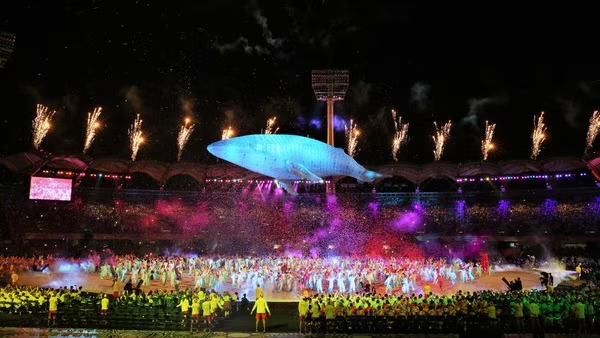Football is one of the most watched and played sports globally. Teams attract thousands of fans and clubs invest heavily in elite players. But what of the fans? What kind of deal do they get if they find themselves excluded from matches? A research paper based on eleven European clubs looks at the issue of inclusive sport for fans.
“Football is more than just a sport, as it is often described as a place where social bonds are established, and fans of different backgrounds, ages, and abilities come together. However, fans with disabilities face many challenges in accessing these events and participating in fan life.”

The researchers acknowledge that larger clubs have more resources to implement disability strategies. In general, they found clubs fell into three categories. 1. Elite performers who integrate fans with disabilities into their systems. 2. Solid performers with established frameworks but have gaps in services. 3. Developing clubs with emerging structures needing further work to support accessibility.
The title of the paper is Communication with Disabled Fans at Sports Events: Approaches, Challenges, and Opportunities. Although this paper is based on football clubs, there is application for other sporting codes.
From the abstract
This study investigates how effectively European football clubs communicate and implement accessibility features for disabled fans. Using semi-structured interviews with representatives from eleven European football clubs and a systematic analysis of club documentation.
We present a validated Fan Communication Model incorporating key weighted criteria, including infrastructure, dedicated personnel, engagement, specific adaptations, ticketing, challenge management, and feedback systems. This model provides a standardized framework for evaluating disability support communication in football organizations.
Facilities for whole communities

Larger sports facilities are being designed for whole communities, not just sports teams. It has to be a social, economic and environmental investment. Belinda Goh from Populous provides some insights into the design processes behind two case studies. They cover cultural diversity, connection to country and including women in the design of sports facilities.
The focus of Belinda Goh’s presentation for the NSW Office of Sport webinar was two case studies. The designs were underpinned with a universal design approach using extensive community engagement strategies. Co-creation and co-design were essential to the success of the designs.
Goh explained that sports facilities should integrate community and grassroots activities with these projects. She uses examples of major professional sports teams bringing women into elite sports. So she is talking beyond standard design thinking to deliberately designing women into these facilities. But this made for more inclusive facilities overall.
Goh discusses how beginning with a focus on including women has matured into an approach for all Populous’ designs. It is about being more inclusive, equitable and universal in their approach. She says it also about going beyond access codes to making people feel like they belong.
Considering culture
In a second case study she discusses the new multi-use sports facility on the mid north coast of NSW. This project posed some additional challenges. It involved delving into the “why” of the project and significant community engagement. The area has a high Indigenous population as well as the largest Sikh population outside India.
Apart from consulting with sports organisations, they talked with people from arts, youth, and the nearby high school among others. In considering the culture of the spaces they also included the concepts of universal design and access to all spaces.
Belinda Goh’s presentation is engaging and worth a look in the video below.
There is more on the ABC news website about the Matilda’s new home. Well, not so much a new home but a first home. The facility will also house a sports science centre, a gym and recovery rooms.
Gym equipment designed for disability
A team of industrial designers have used a universal design approach to creating gym equipment. Their paper explains their process, but more importantly, there are images of various designs for aerobic equipment. A great addition to any gym but essential for disability sports organisations.
The title of the paper is, Development of Aerobic Exercise Equipment Using Universal Design: Treadmill and Arm Ergometer.
Explaining inclusive sport with videos
The Inclusive Sport Design website has some good resources, namely videos, blog posts and other useful material. The resource list has four short videos explaining inclusive sport.

Inclusive sport program planning and framework briefly explains the key elements to planning an effective and sustainable inclusive sport program.

 Although Japan has the oldest population in the world, creating accessible urban spaces is making very slow progress.
Although Japan has the oldest population in the world, creating accessible urban spaces is making very slow progress. 





 Two key themes emerged from the workshop session:
Two key themes emerged from the workshop session: Malcolm Middleton
Malcolm Middleton Kevin Cocks
Kevin Cocks 









